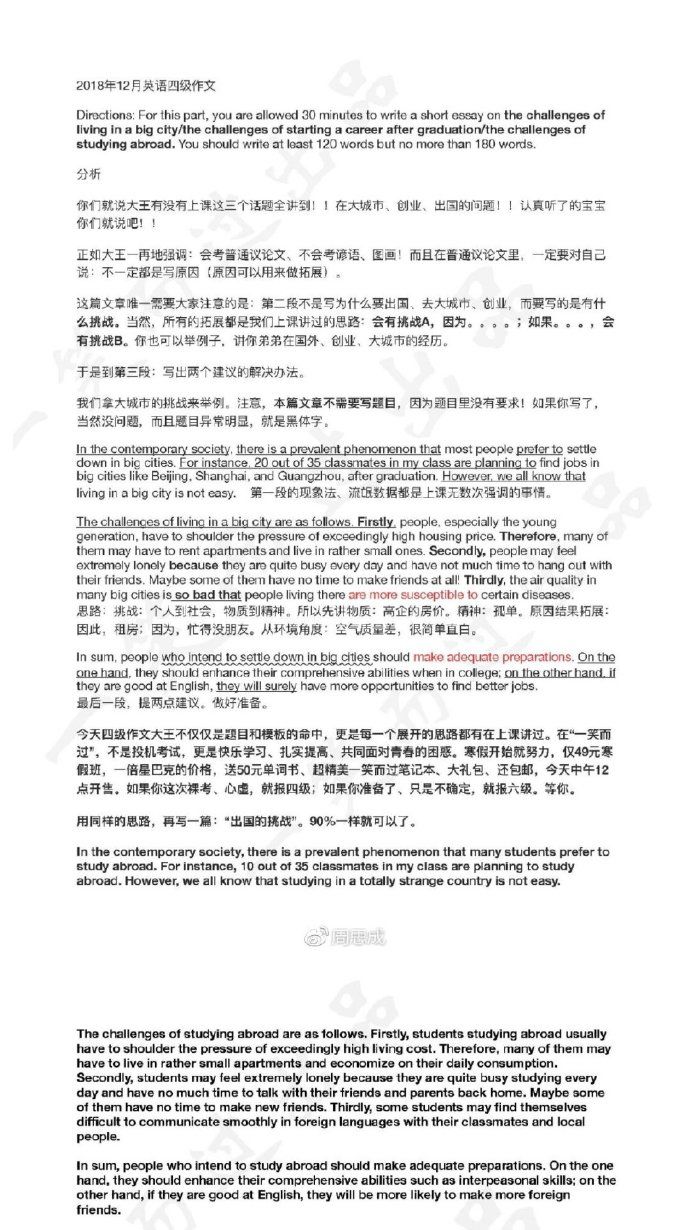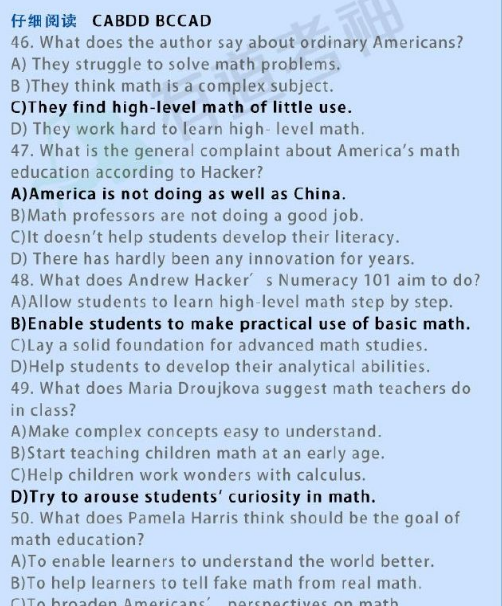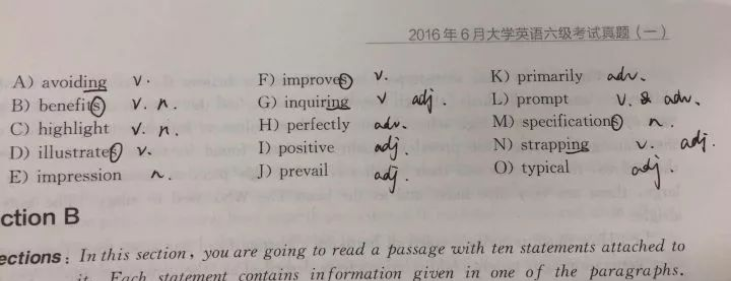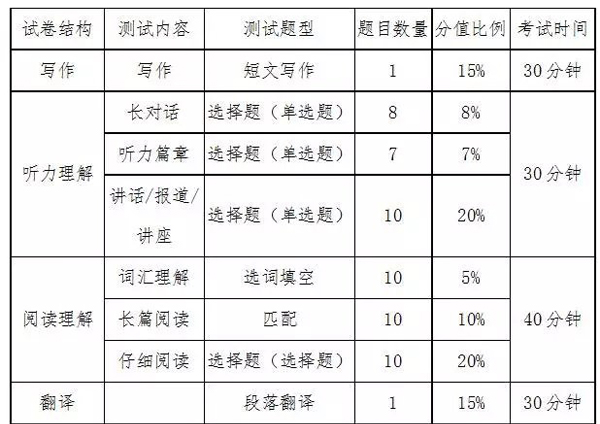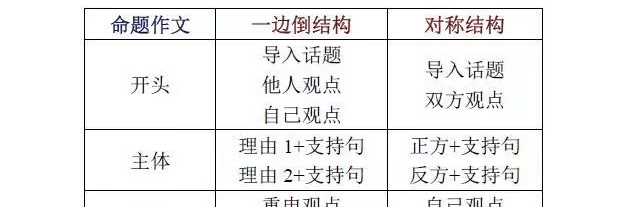英语100篇精读荟萃(中级篇)14a
|
Passage Fourteen (Pageants) Pageants are usually conceived on a fairly large scale, often under the auspices of some local or civic authority or at any rate in connection with local groups of some kind. This sometimes means that there is an allocation of funds available for the purpose of mounting the production, though unfortunately this will usually be found to be on the meager side and much ingenuity will have to be used to stretch it so that all performers can be adequately clothed. Most pageants have a historical flavour as they usually come about through the celebration of the anniversary of some event of historic importance, or the life or death of some local worthy. Research among archives and books in the public library will probably prove very useful and produce some workable ideas which will give the production an especially local flavour. From the first economy will have to be practiced because there are usually a great number of people to dress. Leading characters can be considered individually in the same way as when designing for a play; but the main body of the performers will need to be planned in groups and the massed effect must be always borne in mind. Many pageants take place in daylight in the open air. This is an entirely different problem from designing costumes which are going to be looked at under artificial lighting; for one thing, scenes viewed in the daylight are subject to many more distractions. No longer is everything around cut out by the surrounding darkness, but instead it is very easy to be aware of disturbing movement in the audience of behind the performers. Very theatrically conceived clothes do not always look their best when seen in a daylight setting of trees, verdant lawns and old ivy-covered walls; the same goes for costumes being worn in front of the mellow colors of stately homes. The location needs to be studied and then a decision can be made as to what kinds of colors and textures will harmonize best with the surroundings and conditions and then to carry this out as far as possible on the funds available. If money is available to dress the performers without recourse to their own help in the provision of items, it is best to arrange for all the cutting and pinning together of the costumes to be done by one or two experienced people than to be given out to the groups and individuals for completion. When there is little or no money at all, the garments need to be reduced to the basic necessities. Cloaks and shawls become invaluable, sheets and large bath towels and bath sheets are admirable for draping. Unwanted curtains and bed spreads can be cut to make tunics, robes and skirts. These are particularly valuable if they are of heavy fabrics such as velvet or chenille. Colors should be massed together so that there are contrasting groups of dark and light, this will be found to help the visual result substantially. Crowds of people gathered together in a jumble of colors will be ground to look quite purposeless and will lack dramatic impact. The use of numbers of identical head-dresses, however simply made, are always effective when working with groups. If these are made of cardboard and painted boldly the cost can be almost negligible. Helmets, hats and plumes will all make quite a show even if the costumes are only blandest or sheets cleverly draped. The same can be said of the use of banners, shields and poles with stiff pennants and garlands-anything which will help to have a unifying effect. Any kind of eye-catching device will always go with a flourish and add excitement to the scenes. 1. The main idea of this passage is [A]. Pageants. [B]. Costumes on the stage. [C]. Costumes for pageants. [D]. How to arrange a pageant. 2. It can be inferred that the most important factor in costume design is [A]. money. [B]. color. [C]. harmony [D]. texture 3. Why will much ingenuity have to be required in costume design? [A]. Because pageants take place in daylight in the open air. [B]. Because different characters require different costumes. [C]. Because the colors and textures must be in harmony with the setting. [D]. Because an allocation of the funds available is usually rather small. 4. Why do most pageants have a historical flavour? [A]. Because most pageants take place for celebration. [B]. Many pageants take place for amusement. [C]. A lot of pageants take place for religion. [D]. Because pageants usually take place for competition. Vocabulary 1. conceive 设想,想象 to be conceived 设想好的,构思好的 2. under the auspices of 在……的主办下 3. meager 贫乏的,不足的 4. mount 登上,制作,上演 5. flavour 风味,风格,情趣 6. archive(s) 档案(馆) 7. distraction 使人分心的事 8. ivy 常春藤 9. mellow 柔和的 10. recourse (to) 依赖,求助于 11. drape 覆盖,披上 12. invaluable 无价的,非常贵重的 13. tunic (古时)长达膝盖的外衣,穿在盔甲上的战袍 14. chenille 绳绒绒(织品) 15. jumble 混乱,搞乱 16. pennant 细长三角旗 17. garland 花环,花冠 |

